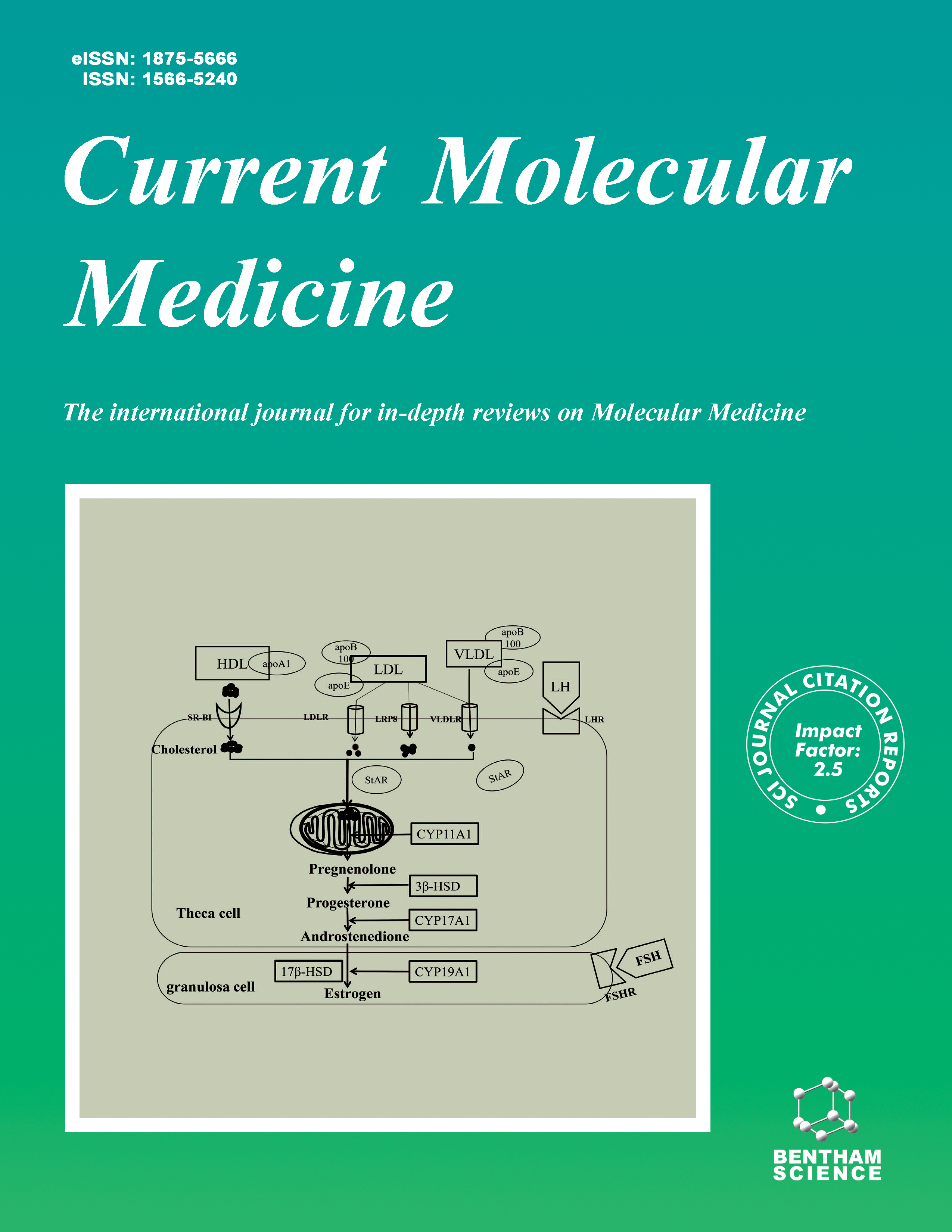
Full text loading...
We use cookies to track usage and preferences.I Understand
Dementia in neurodegenerative diseases, such as Alzheimer’s disease (AD), Parkinson’s disease (PD), and dementia with Lewy bodies (DLB) is a progressive neurological condition affecting millions worldwide. The amphiphilic molecule GM2 gangliosides are abundant in the human brain and play important roles in neuronal development, intercellular recognition, myelin stabilization, and signal transduction. GM2 ganglioside’s degradation requires hexosaminidase A (HexA), a heterodimer composed of an α subunit encoded by HEXA and a β subunit encoded by HEXB. The hydrolysis of GM2 also requires a non-enzymatic protein, the GM2 activator protein (GM2-AP), encoded by GM2A. Pathogenic mutations of HEXA, HEXB, and GM2A are responsible for autosomal recessive diseases known as GM2 gangliosidosis, caused by the excessive intralysosomal accumulation of GM2 gangliosides. In AD, PD and DLB, GM2 ganglioside accumulation is reported to facilitate Aβ and α-synuclein aggregation into toxic oligomers and plaques through activation of downstream signaling pathways, such as protein kinase C (PKC) and oxidative stress factors. This review explored the potential role of GM2 ganglioside alteration in toxic protein aggregations and its related signaling pathways leading to neurodegenerative diseases. Further review explored potential therapeutic approaches, which include synthetic and phytomolecules targeting GM2 ganglioside accumulation in the brain, holding a promise for providing new and effective management for dementia.

Article metrics loading...

Full text loading...
References


Data & Media loading...

